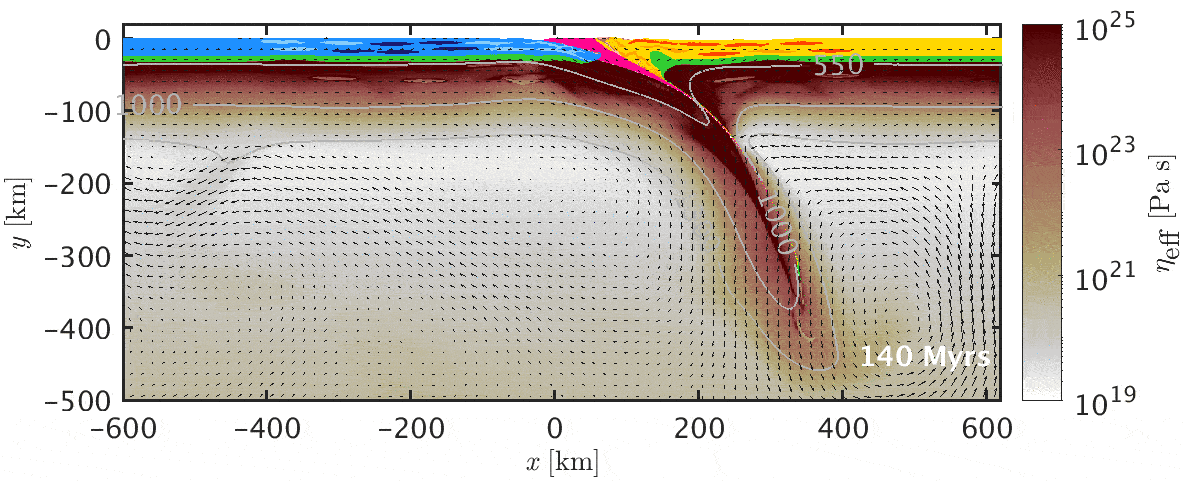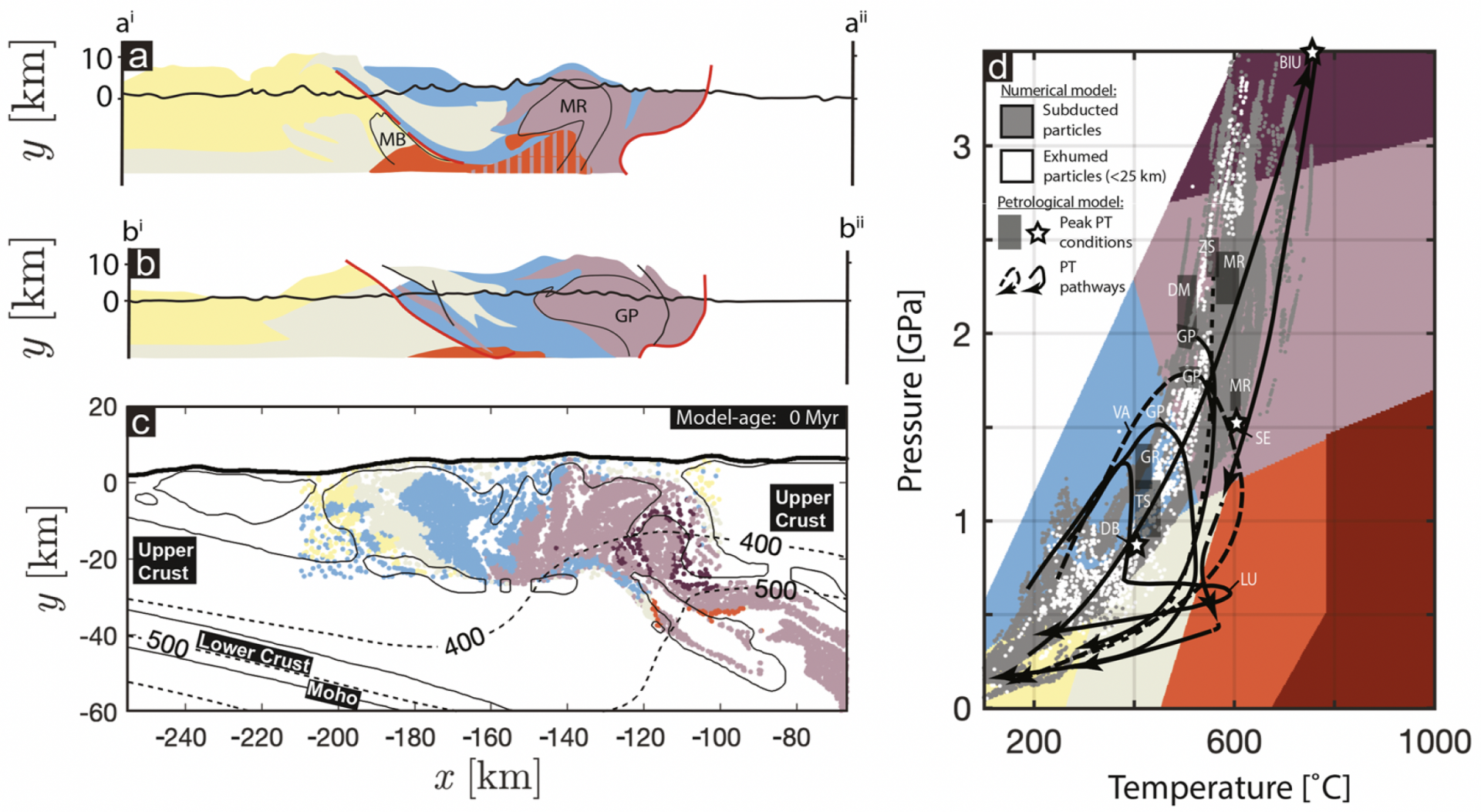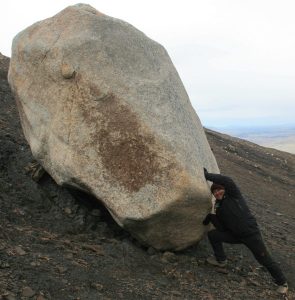Our research focuses on the physical-chemical processes that act during rock deformation over the whole range of geological scales and on the structures that form during this deformation. We apply the concepts of continuum mechanics and thermodynamics and generate analytical and numerical solutions to quantify geological processes. We compare and calibrate our models with geological, petrological and geophysical observations, laboratory measurements and physics experiments to apply the models to specific natural conditions. We aim to quantify and reconstruct geological processes, to assess physical rock properties, and to quantify the stress and temperature evolution during lithosphere deformation.
“All models are wrong, but some are useful.” (G. Box)
Some current and past research projects
hydro-mechanical-chemical modelling of dehydration during rock deformation
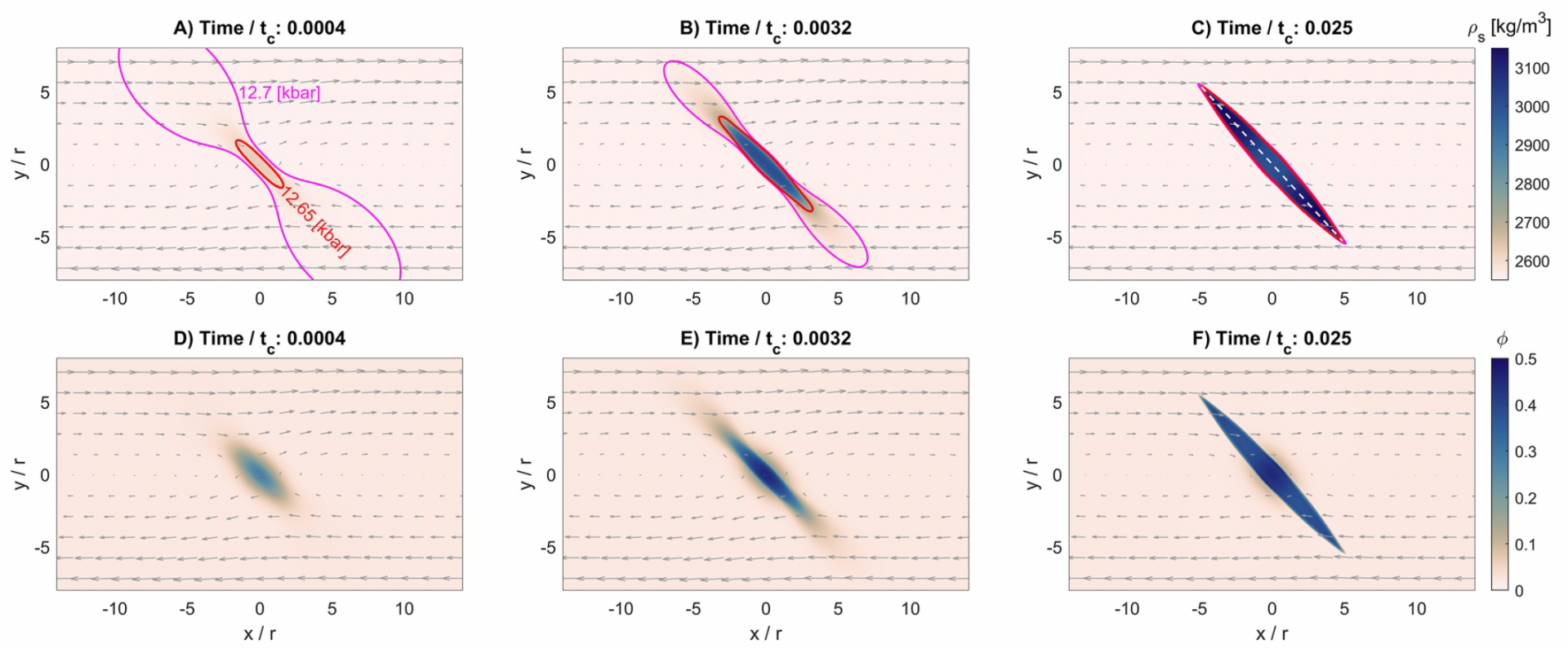
3D stress distribution around plateaus in a double-curved lithopsphere

Thermo-tectonic evolution of the lepontine dome
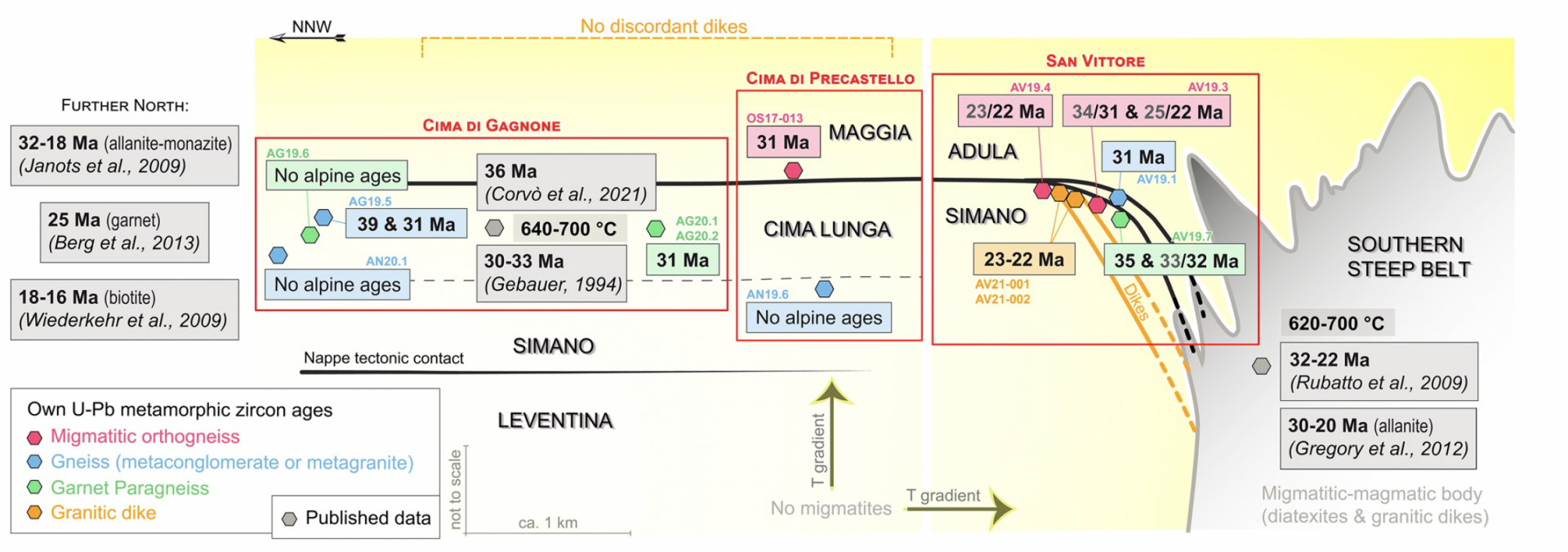
Thermo-mechanical modelling of syn-convergent (U)HP rock exhumation
